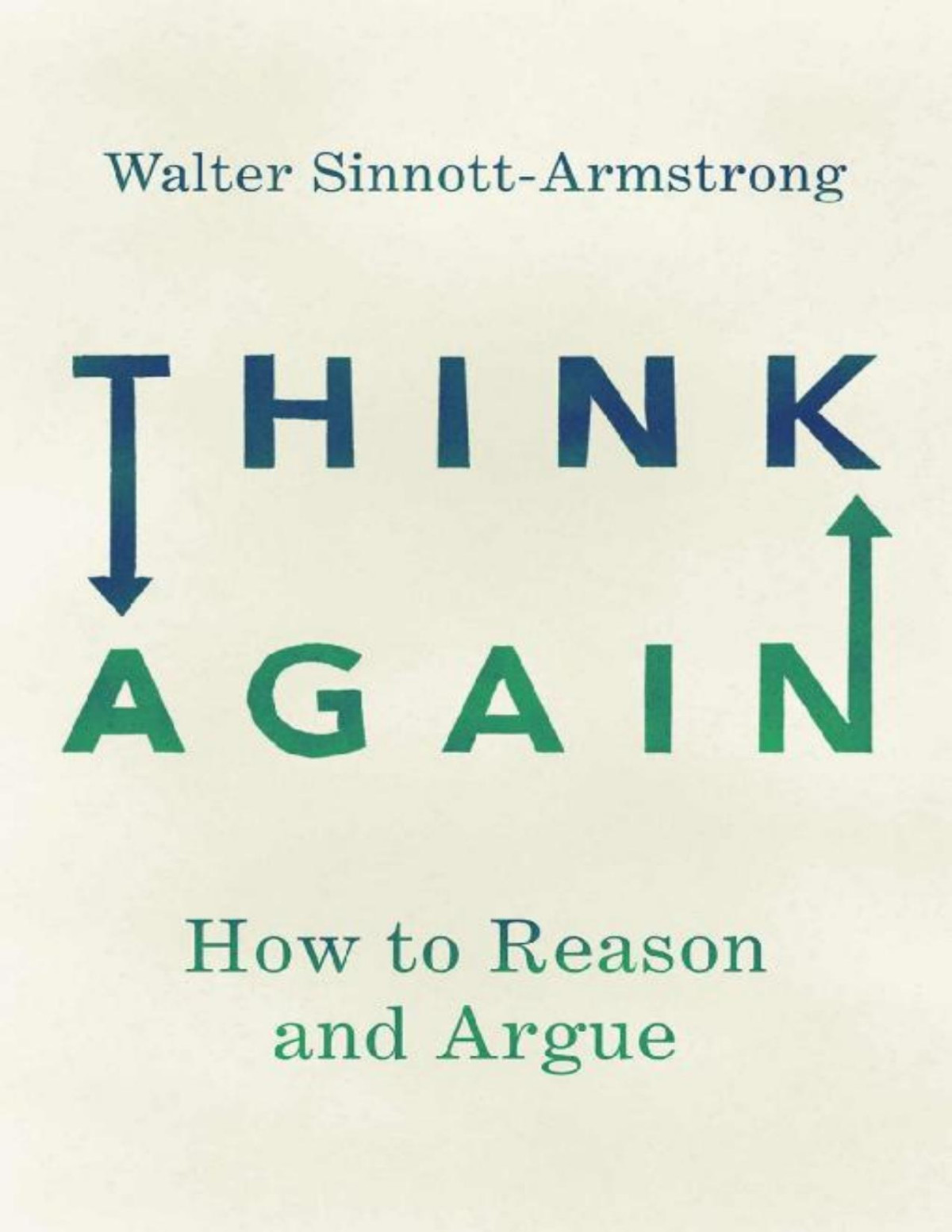

Most ebook files are in PDF format, so you can easily read them using various software such as Foxit Reader or directly on the Google Chrome browser.
Some ebook files are released by publishers in other formats such as .awz, .mobi, .epub, .fb2, etc. You may need to install specific software to read these formats on mobile/PC, such as Calibre.
Please read the tutorial at this link: https://ebookbell.com/faq
We offer FREE conversion to the popular formats you request; however, this may take some time. Therefore, right after payment, please email us, and we will try to provide the service as quickly as possible.
For some exceptional file formats or broken links (if any), please refrain from opening any disputes. Instead, email us first, and we will try to assist within a maximum of 6 hours.
EbookBell Team

4.0
86 reviewsOur personal and political worlds are rife with arguments and disagreements, some of them petty and vitriolic. The inability to compromise and understand the opposition is epidemic today, from countries refusing to negotiate, to politicians pandering to their base. Social media has produced
a virulent world where extreme positions dominate. In most of these disagreements, parties yell at each other, very little progress is made, and the end result is a hardening (or further widening) of positions. There is however, such a thing as 'good' arguments. Arguments that offer reasons on
both sides can ultimately allow for some mutual understanding and respect, and even if neither party is convinced by the other, the possibility of compromise can result.
Sinnott-Armstrong's book shows the importance of good arguments and reveals common misunderstandings about them. Many people see an argument just as a means to persuade other people or beat them in an intellectual competition. Sinnott-Armstrong sees them as much more essential-as a means to play a
constructive role in the way we interact with each other. He shows the way out of the impasse by introducing readers to what makes a good argument. In clear, lively, and practical prose, and using plentiful examples from politics, popular culture, and everyday life, he introduces the reader to